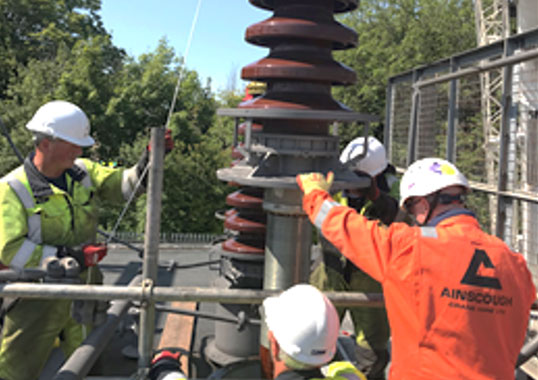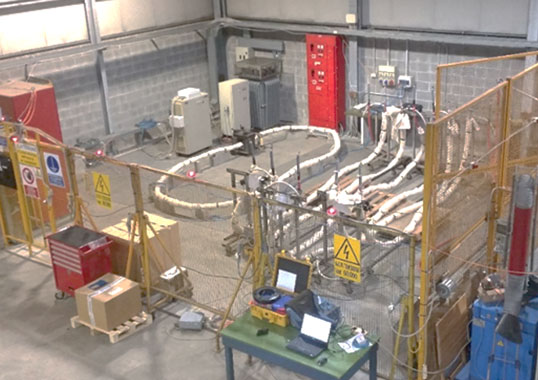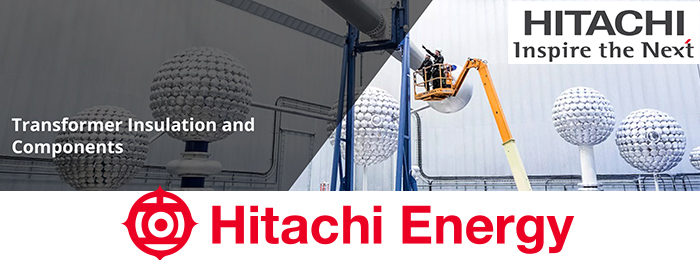Developments to Watch in HV Surge Arresters by Paul Leufkens
Reliability of substation equipment is a major concern to power system operators since failures can result in significant outages along with associated restoration efforts as well as possible safety issues. There are financial implications as well. Moreover, poor reliability contributes to higher system operating and maintenance costs. Metal oxide surge arresters are installed in substations and on transmission lines to limit lightning and switching induced overvoltages to some specified protection level. Experts in Working Groups have recently been addressing several topics relevant for reliable design and operation of surge arresters with focus on energy handling capability of MO resistors when stressed with repeated and multiple current impulses of different wave shape and changing polarity. The same study mentioned that, while for AC system voltages of Us > 800 kV surge arresters are now basically ‘standard’, some applications still need special considerations. Moreover, a completely new classification system for MO surge arresters has been introduced, replacing the former Line Discharge Classes with the concept of charge transfer and energy handling schemes. This presentation describes some of the latest important developments in HV surge arresters driven by the need for greater safety and reliability.









